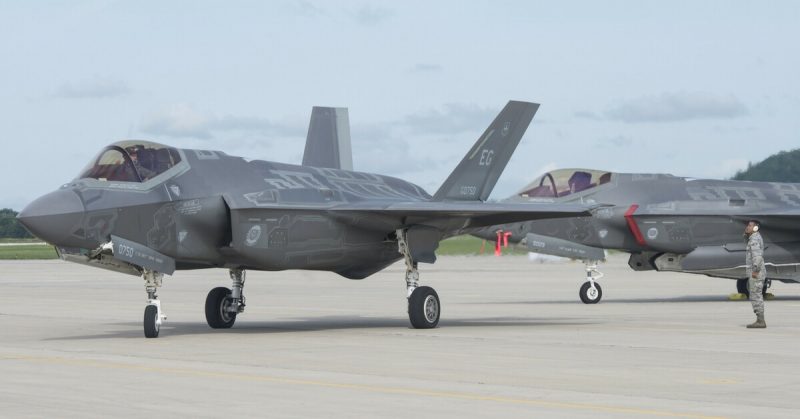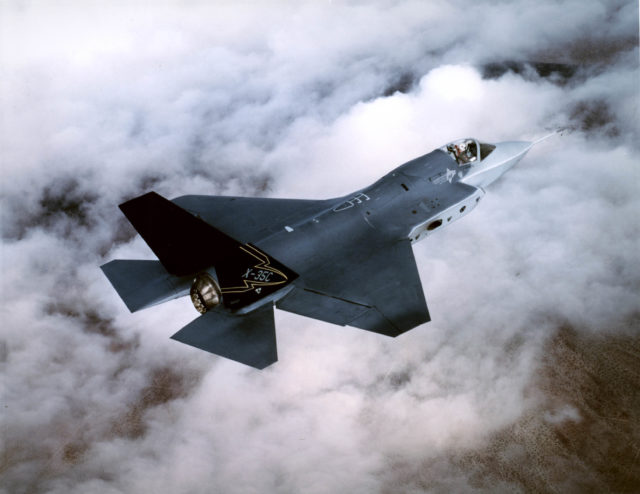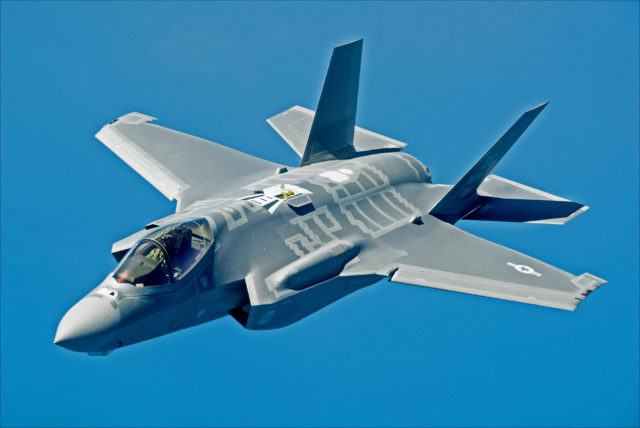The Lockheed Martin F-35 Lightning II has been embroiled in controversy for years due to expensive production and concerns about its function in combat.
Here’s everything you need to know about the F-35.
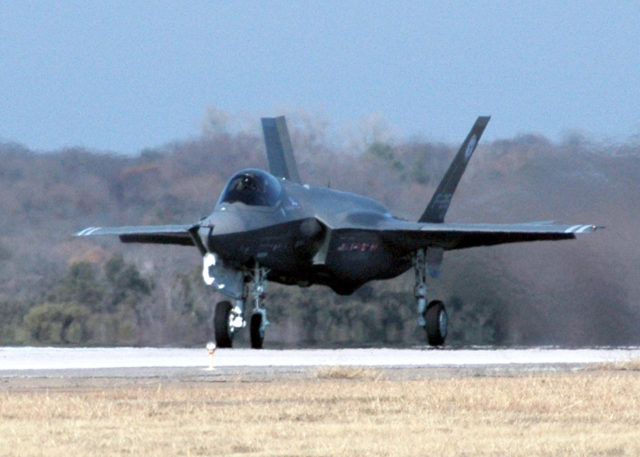
1. What is the F-35?
This fighter plane was designed for both ground attack and air defense missions, with three variations focused on long range, short range, and cargo needs. By designing three different variations of the same plane, Lockheed Martin believed costs would be lower than if they designed three separate planes. The F-35, therefore, took its first test flight on December 15, 2006 – but by 2014, the project was more than $163 billion over budget and more than seven years behind schedule.
2. How is the F-35 project funded?
Much of the F-35 project has been paid for by the American government. The Pentagon has acknowledged bailing out the project at least once, and in 2012, stated that it would not repeat the bailout.
But NATO countries have also paid into the project. Many countries, including the Netherlands, Turkey, Norway, Denmark, Canada, Australia, Italy, and the United Kingdom, have ordered planes to replace their own aging fleets.
3. What makes the F-35 the fighter plane we need?
In 2006, George Standridge, the Vice President of Strategy and Business Development for Lockheed Martin suggested that the F-35 could be four times more effective in air-to-air combat than the planes that it was replacing, and that in air-to-ground missions, it could be eight times more effective. Rather than relying on a human pilot to maneuver the plane, the F-35 used advanced computers to target missiles, even if the plane isn’t pointed at the target. Lockheed Martin has said that the F-35 should be second only to the F-22 Raptor while in the air.
The current generation of F-16s will outlive their usefulness in the next few years regardless of the fate of the F-35. To abandon the project could leave the United States without a viable air defense system.
4. Design based on the X-35
Lockheed Martin began with the X-35 design. In wind tunnel testing, the nose was lengthened to incorporate room for avionics, while the fuselage and horizontal stabilizers were adjusted. The aviation company began with an ambitious plan to overlap production and testing.
Unfortunately, this plan is at the core of the plane’s cost overruns. Retrofitting previous produced models with design changes proved incredibly expensive and complex, and delayed the project substantially.
5. Why skip from the YF-23A to F-35?
Aviation aficionados know that the Department of Defense has historically assigned designations to planes in numerical order. The F-35 surprised the entire defense community with its designation. At the 2001 press conference announcing that Lockheed Martin had won the competition to design the next fighter jet, the Under Secretary of Defense simply switched the X in X-35 for an F.
The Joint Strike Fighter Office requested this be the official name for the project. The USAF Nomenclature Office recommended that the plane, in fact, be called the F-24, following the traditional designations, but their recommendation was not followed.
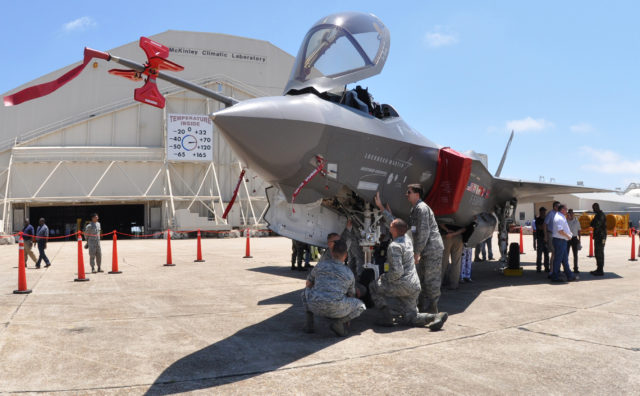
6. F-35A – Conventional Take Off and Landing
The F-35A is the smallest and lightest F-35 variant. It is the only F-35 which carries a cannon, designed for increased effectiveness against ground targets. Experts say that the F-35A should be as maneuverable as an F-16, and have the acceleration of an F-16 which is carrying an accelerant tank.
The F-35 is intended to replace the F-16 Fighting Falcon, and by 2028, it will also replace the A-10 Thunderbolt II. The first squadron of F-35As was declared combat ready in August 2016.
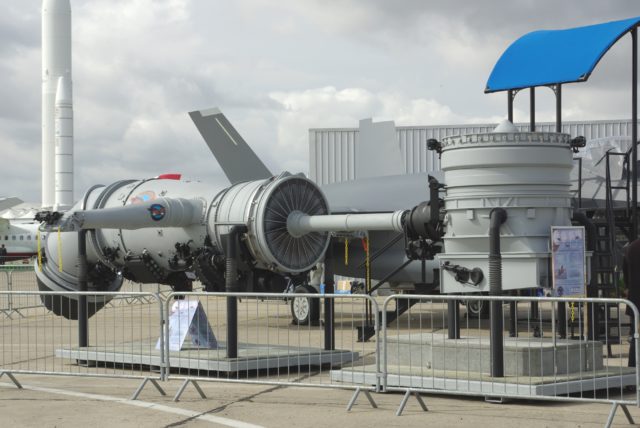
7. F-35B – Short Take Off and Vertical Landing
The F-35B is generally agreed to be the plane that caused the most difficulty in the F-35 project. The vertical landing system has caused substantial heat damage to the areas underneath it, while standard landings cause an intense amount of stress to the plane’s tires, which have been called poorly designed. The plane also needed to sacrifice a significant amount of fuel to make room for the system, limiting its range substantially.
Many countries have looked into purchasing F-35Bs to replace their own aging jets and are continuing to study heat resistant products that can withstand the plane’s exhaust.
8. F-35C – Carrier Based Catapult Take Off But Arrested Recovery
The F-35C has larger wings than the F-35A, improved tail and wing control surfaces to offer more control at lower speeds, and stronger landing gear. The F-35C has run into a few issues, such as the replacement engine being too heavy to transport through current replenishment systems and new repair techniques needed for the stealth skin. The first F-35C was delivered in 2010 and arrived at Eglin Air Force Base in Florida in 2013.
9. Cost overruns
By 2010, the Pentagon stated publicly that the F-35 had overrun its anticipated costs by fifty percent. The costs of redesigns and retrofitting spiraled into the billions through 2010 and 2011, with strikes and layoffs at Lockheed Martin causing additional problems in 2012 and 2013.
In 2014, Republican Senator John McCain stated in Congress that cronyism was to blame for the costs of the program.
10. Concerns about performance
The F-35 has faced significant controversy since its inception. Some of the particular concerns voiced:
- Low maneuverability. The Air Force has explained this by saying that maneuverability is not the primary concern of the F-35 and that any pilot who gets into a dogfight with it has made a mistake.
- Only two air-to-air missiles.
- Most fighter planes have been designed with two engines in case of failure; the F-35 has just one. The Canadian government, in particular, has expressed concern about this design, due to incidents with the Lockheed CF-104 Starfighter.
11. Noise Controversy
In communities where the F-35 is scheduled to be shipped, concerns have been raised about the plane’s noise levels. In 2008, the Air Force stated that the F-35 would be twice as loud as an F-15 Eagle when taking off, and up to four times as loud while landing. Residents local to airfields requested noise levels be studied to determine any negative impact.
According to studies commissioned by Lockheed Martin, the plane’s noise levels are comparable to the F-22, and represent a limited increase. But studies commissioned by the Air Force suggest 21 times as many residents would experience extreme noise levels from F-35s. The Navy has also said they will need to redesign sailors’ hearing protection to prevent damage due to the 152-decibel engine noise.
After so many years and such expense, the Air Force is committed to the F-35 project. The only question left is what the final cost will be to the American taxpayer. The answer is that we just don’t know.
Video
Maj. Thomas Hayes, a pilot with the 31st Test and Evaluation Squadron, a tenant unit at Edwards Air Force Base, Calif., gives an inside look at what it’s like to be a F-35 Lightning II test pilot.
Six operational test and evaluation F-35s and more than 85 Airmen of the 31st TES traveled to Mountain Home AFB, Idaho, to conduct the first simulated deployment test of the F-35A, specifically to execute three key initial operational capability mission sets: suppression of enemy air defenses, close air support, and air interdiction.
https://www.youtube.com/watch?v=vm5zYovmi1M
